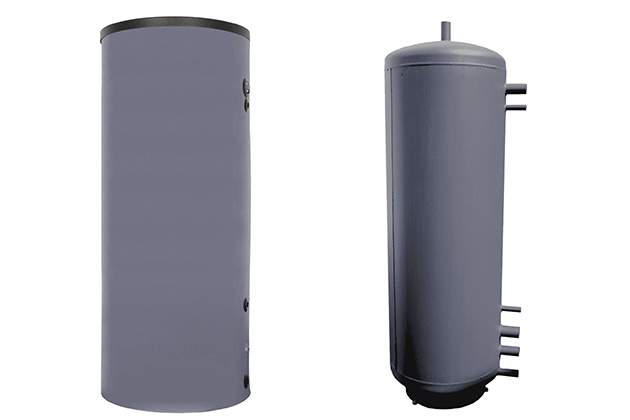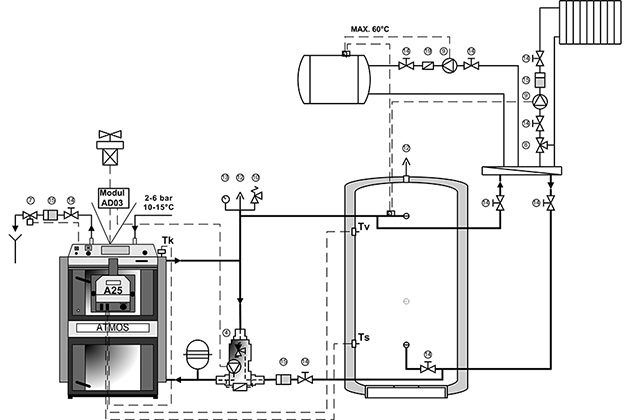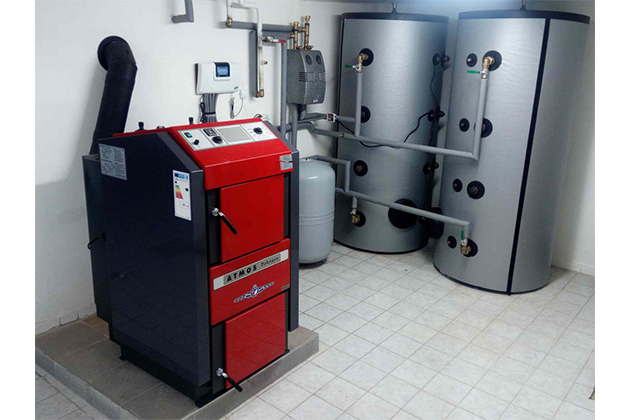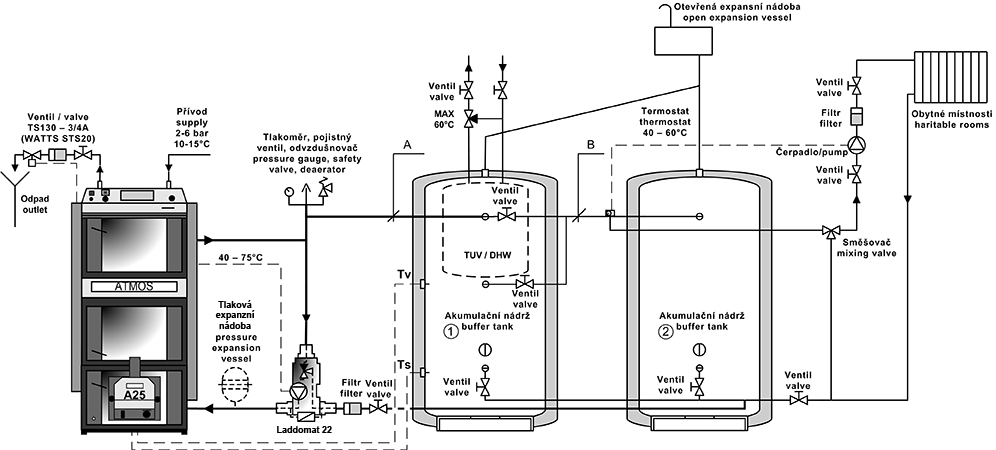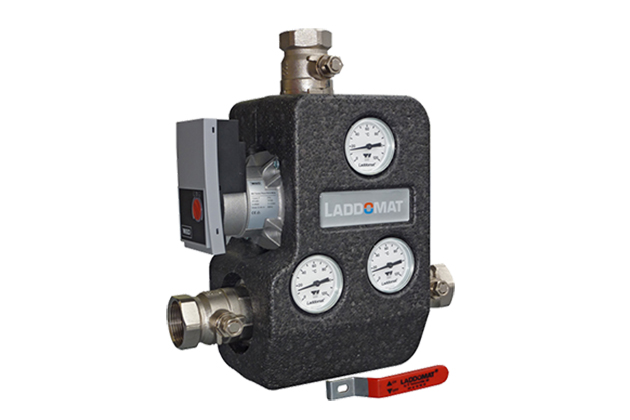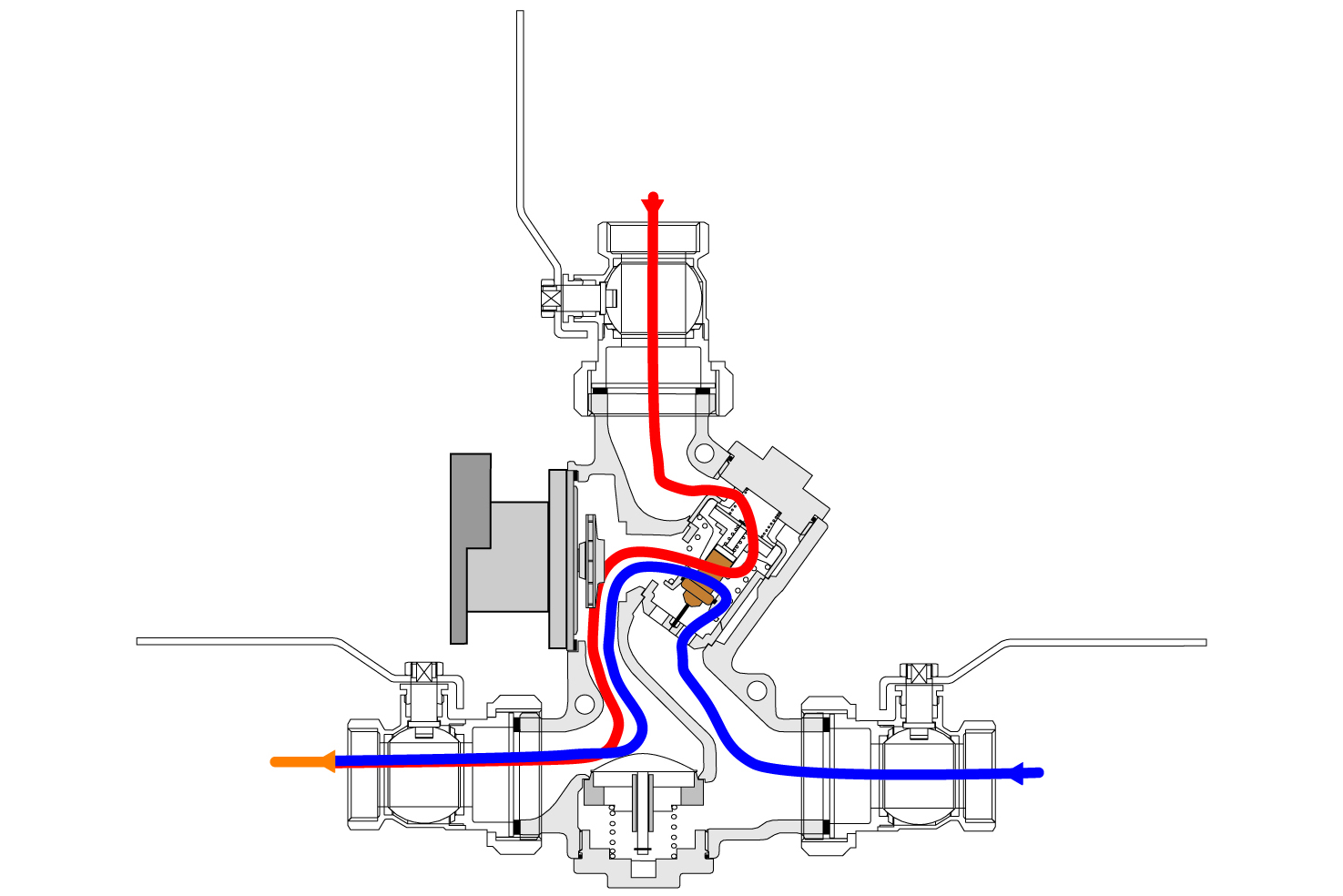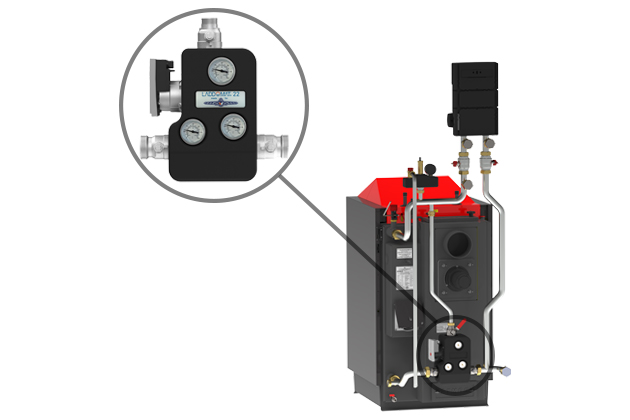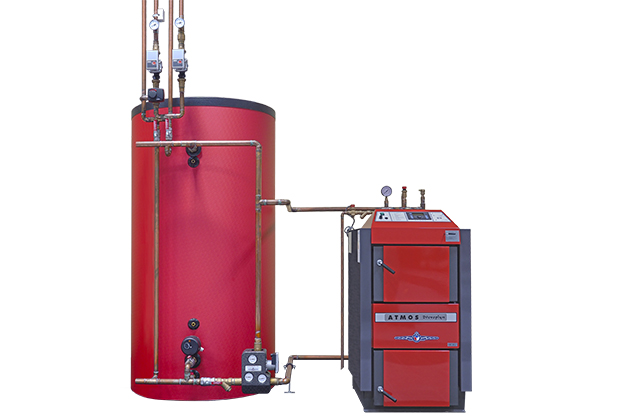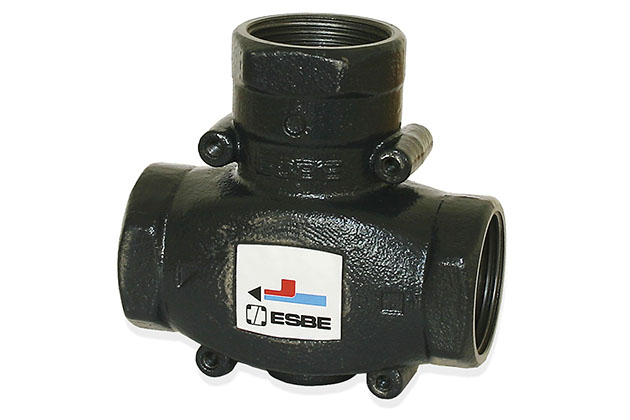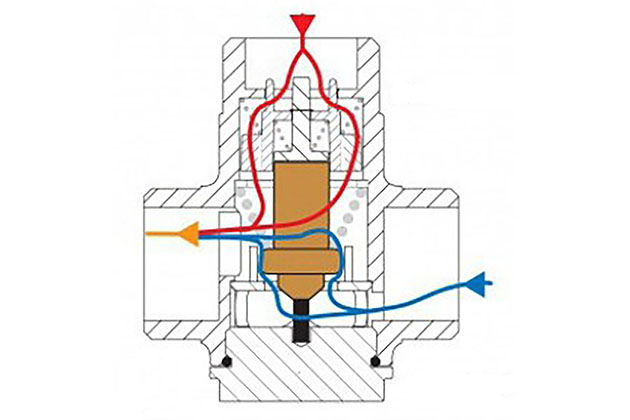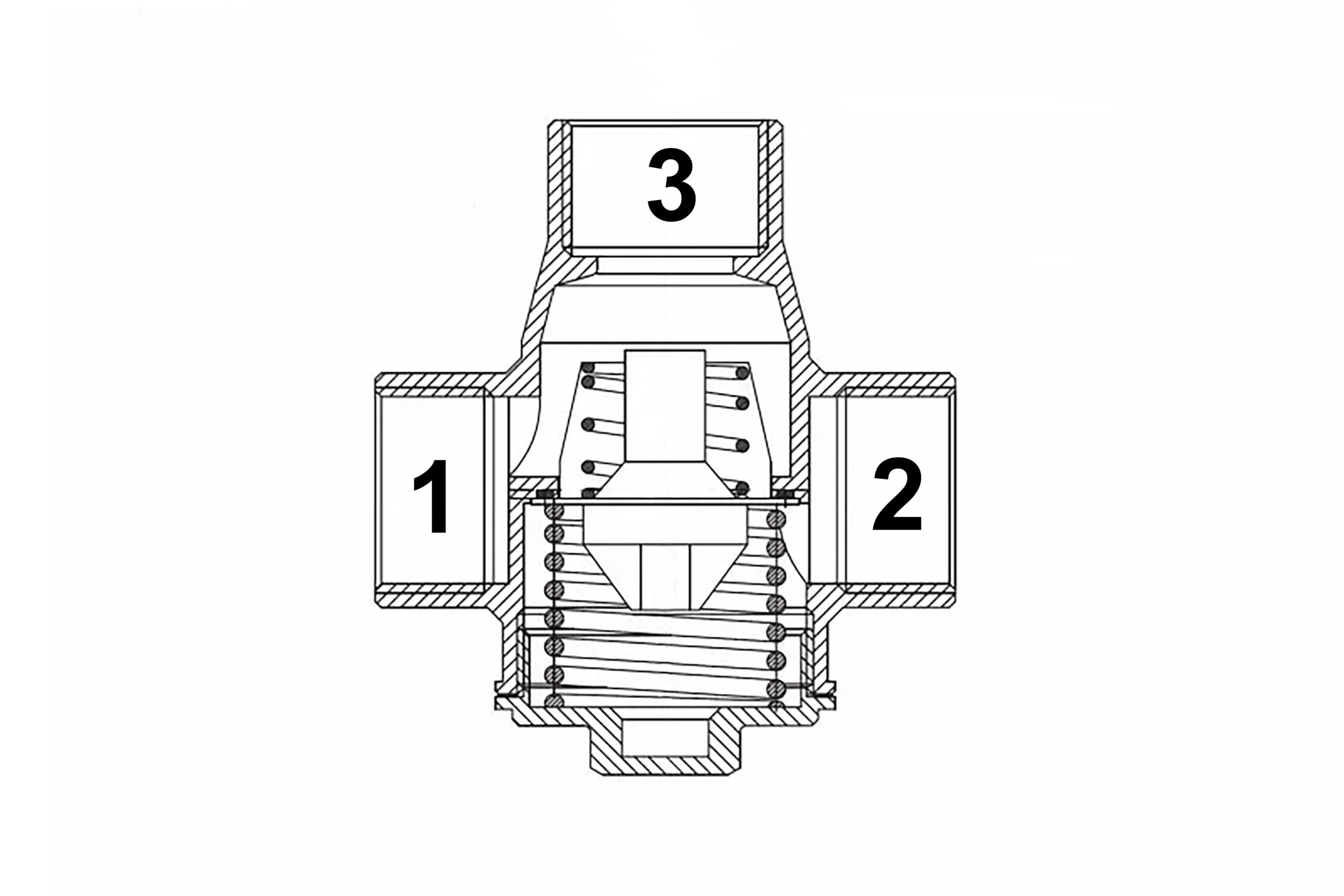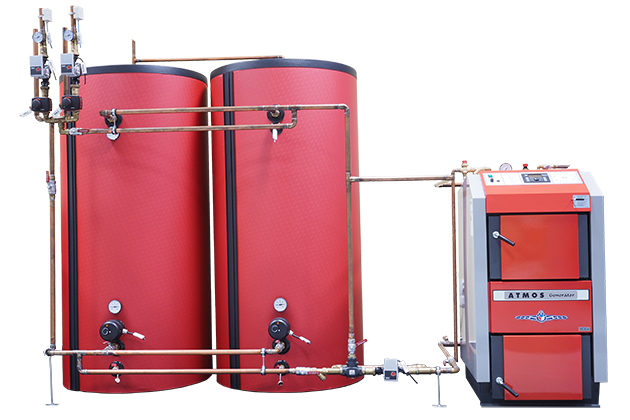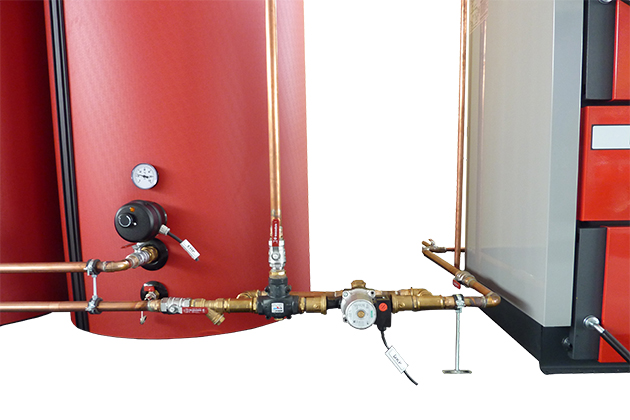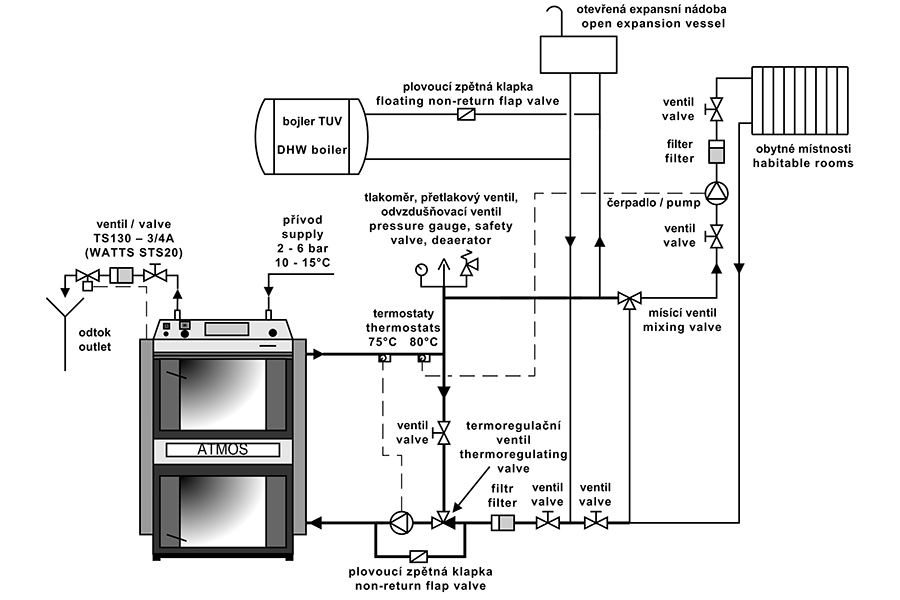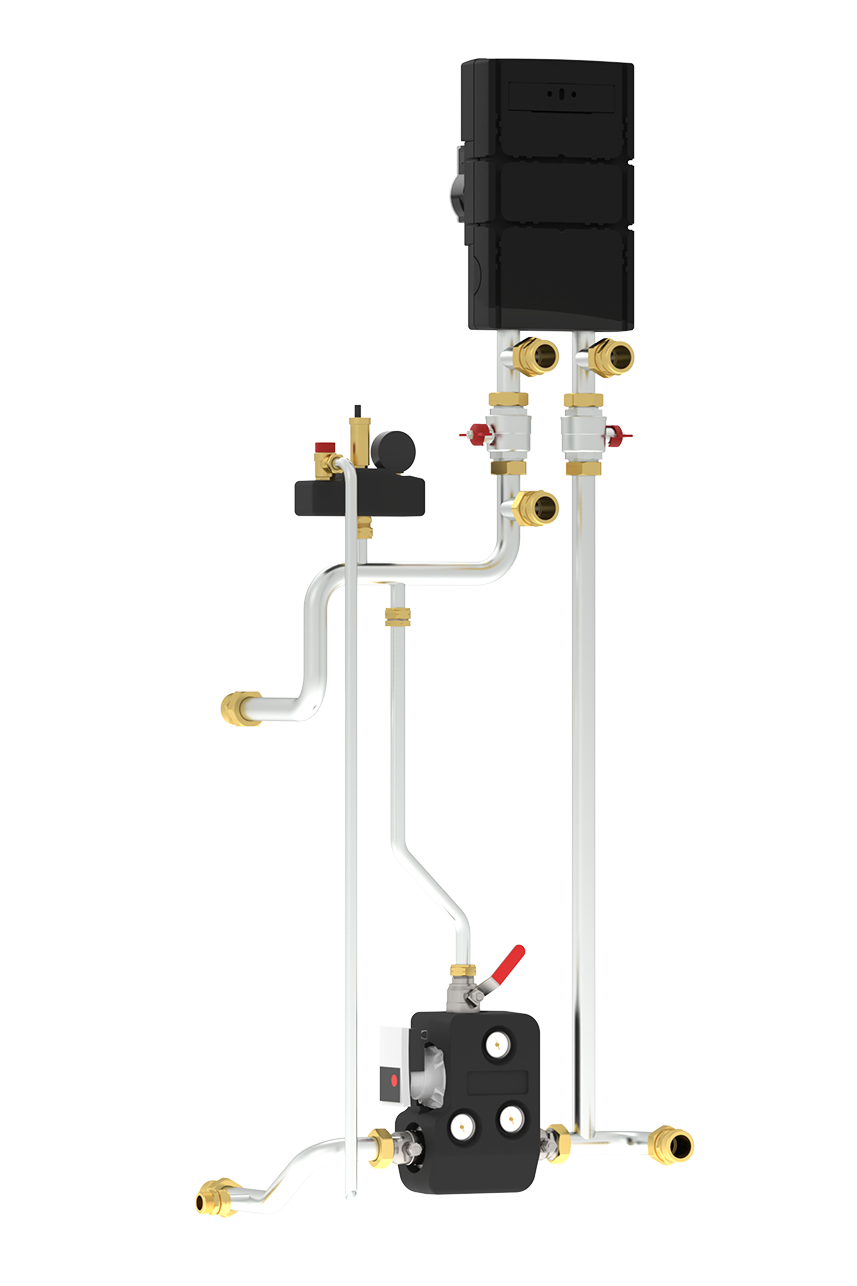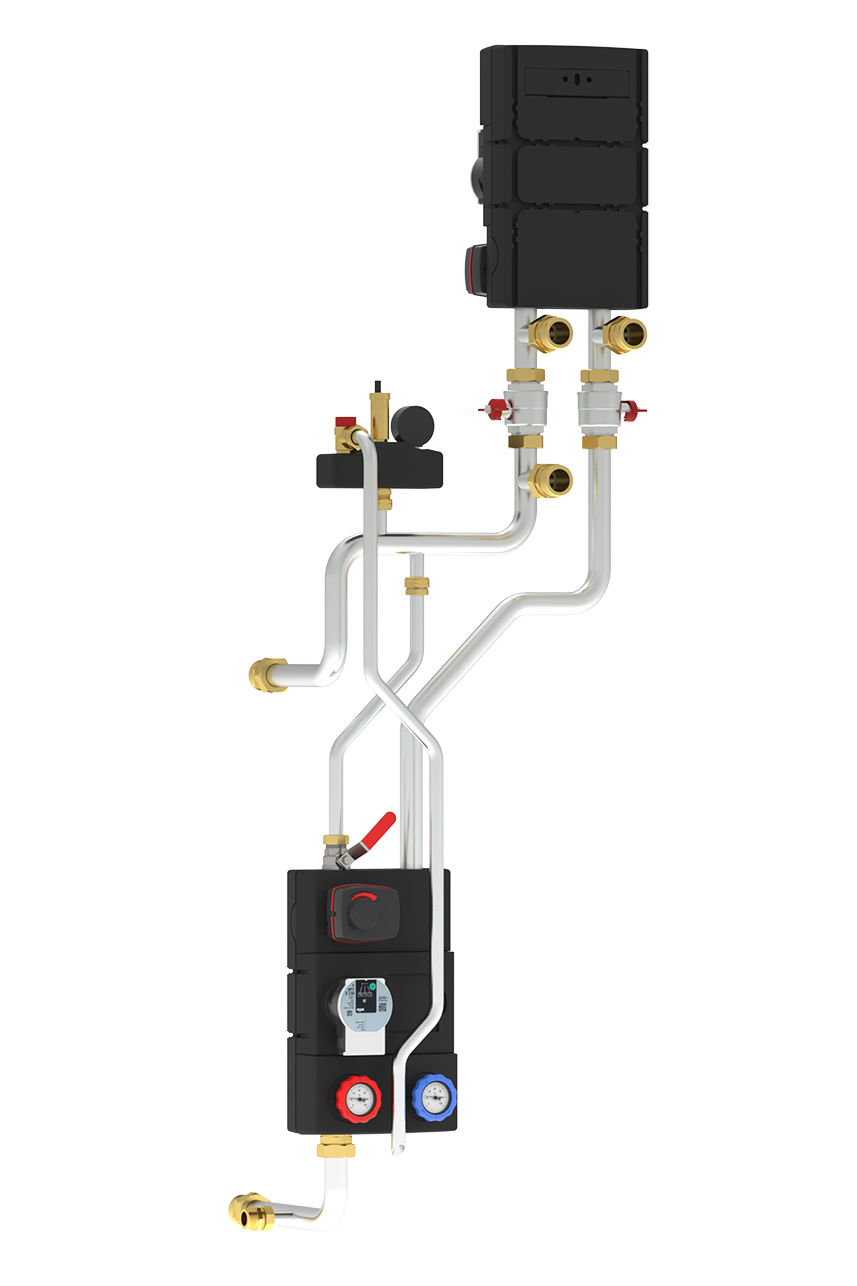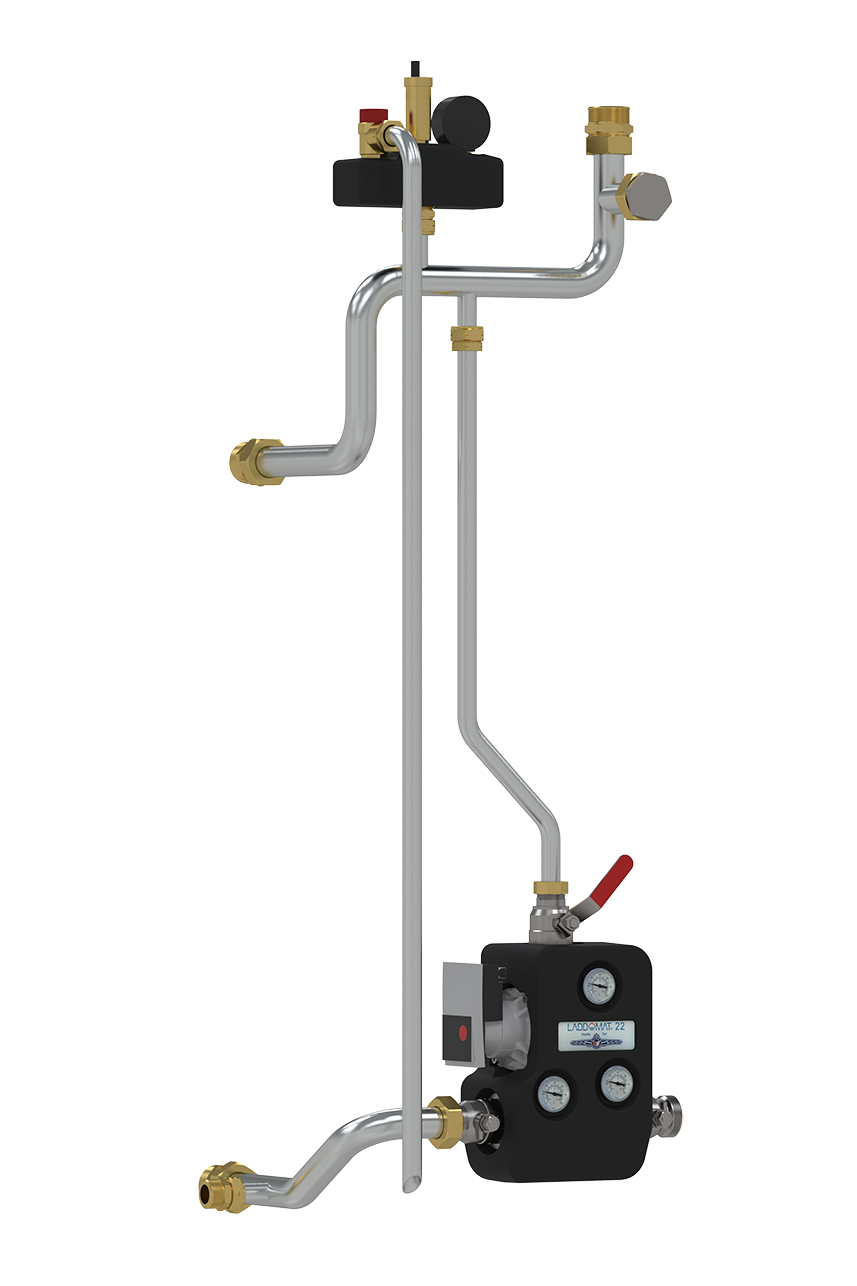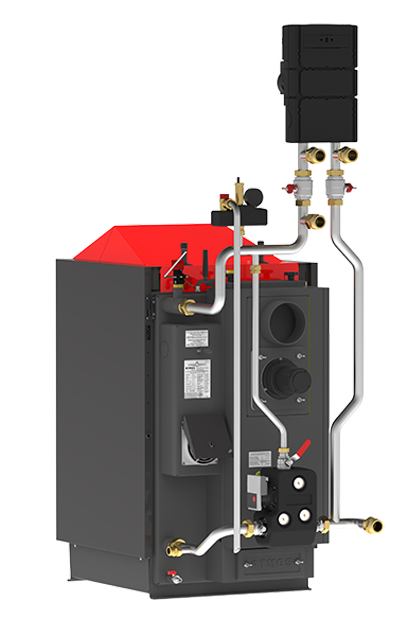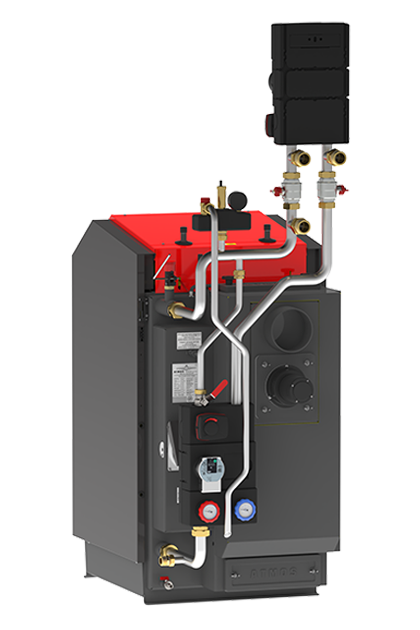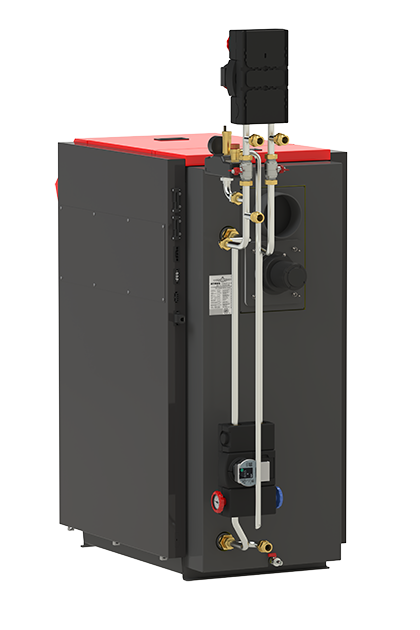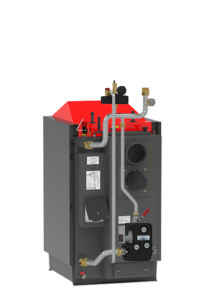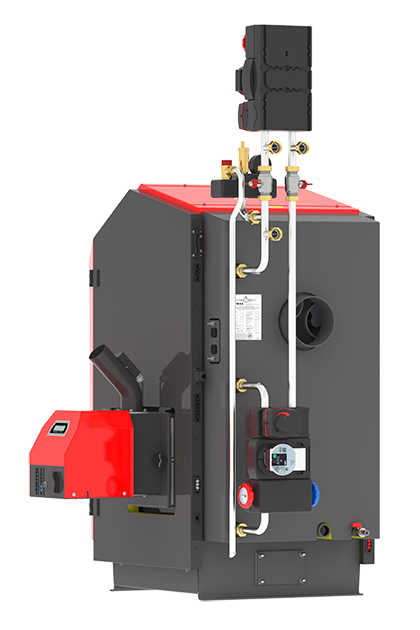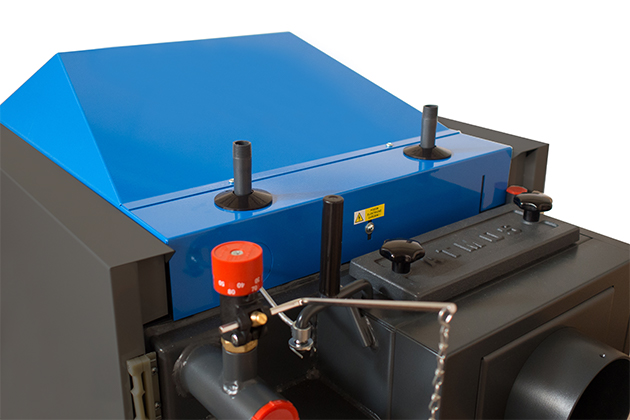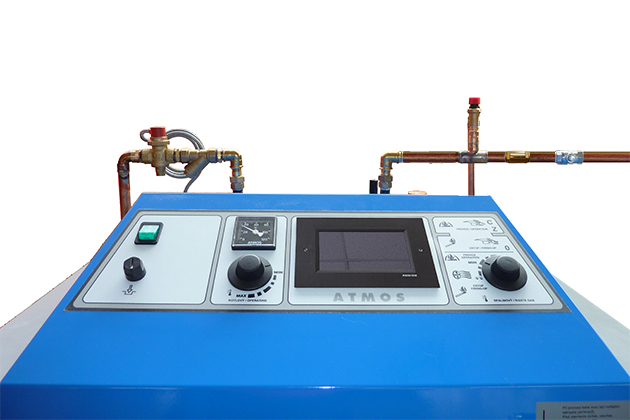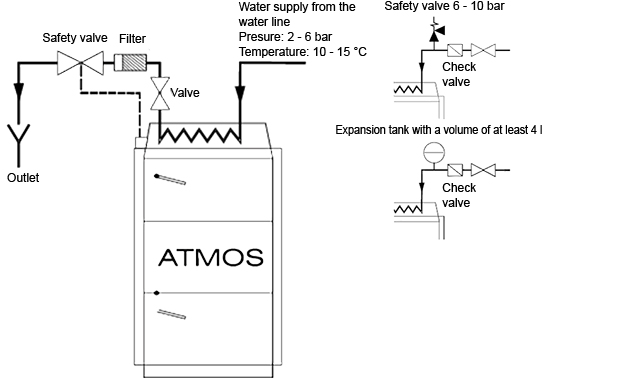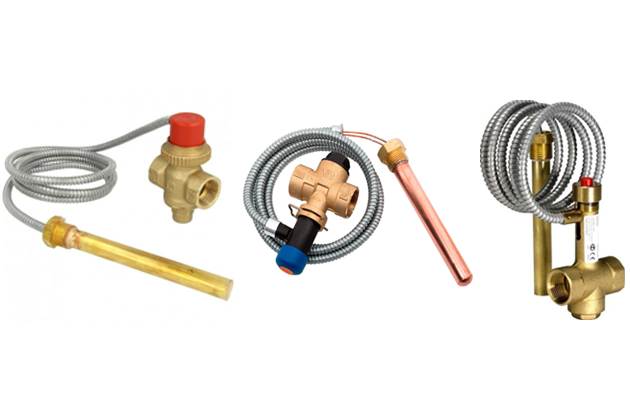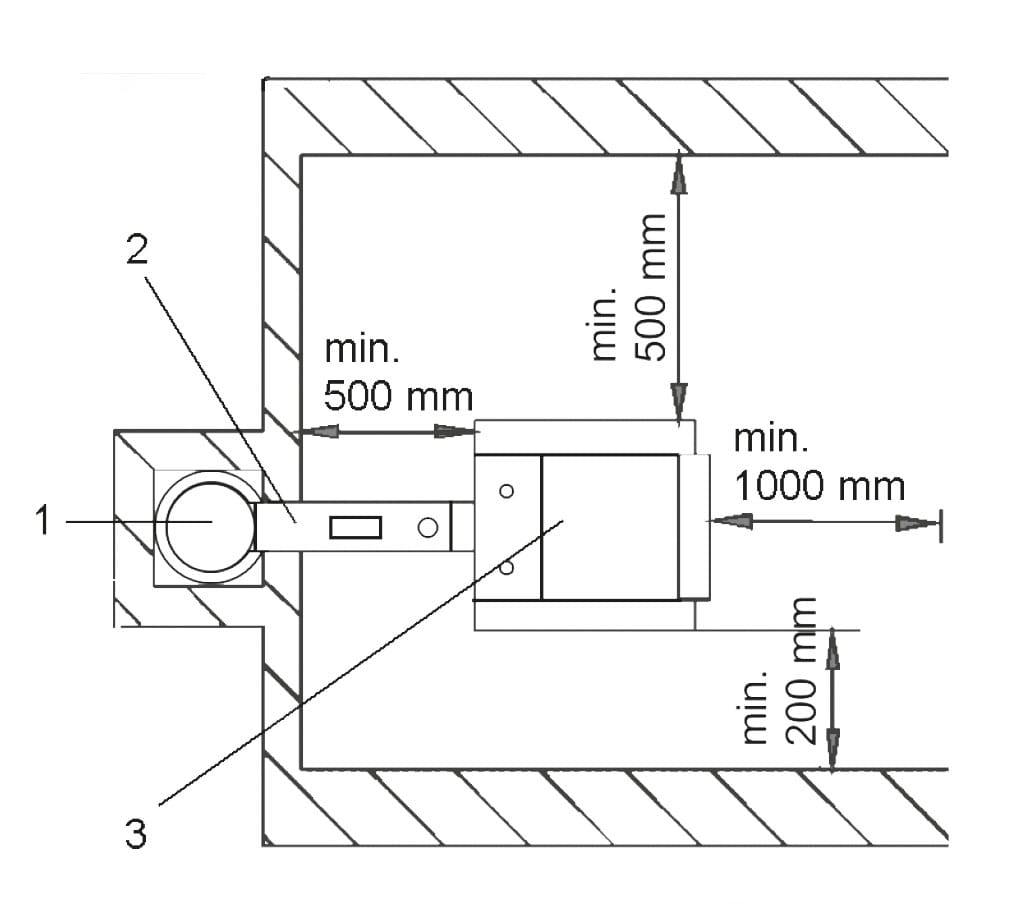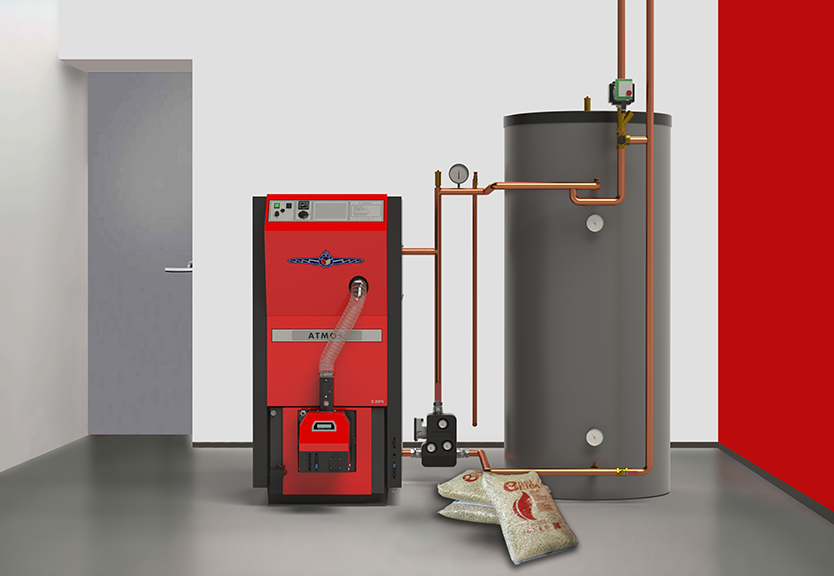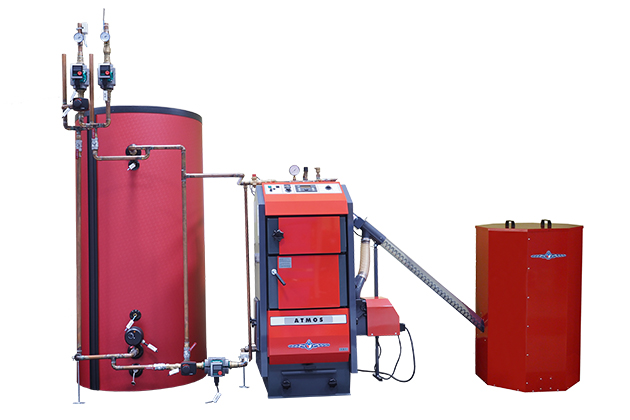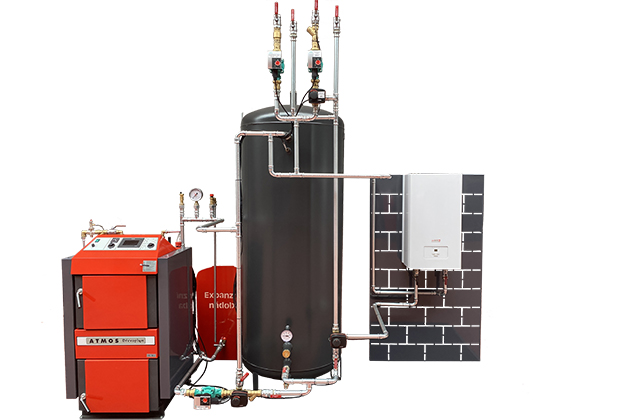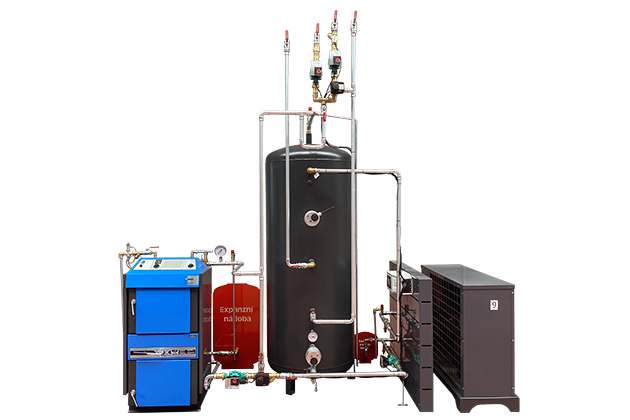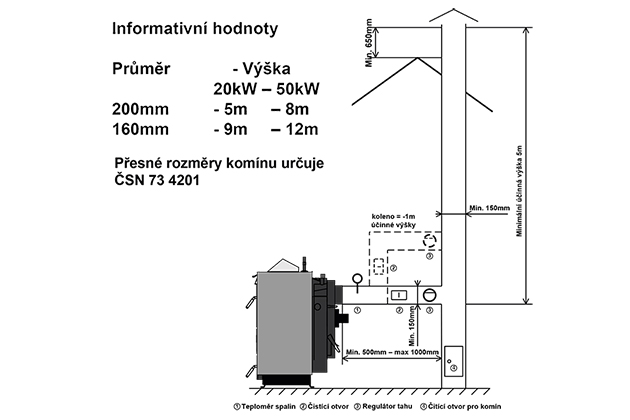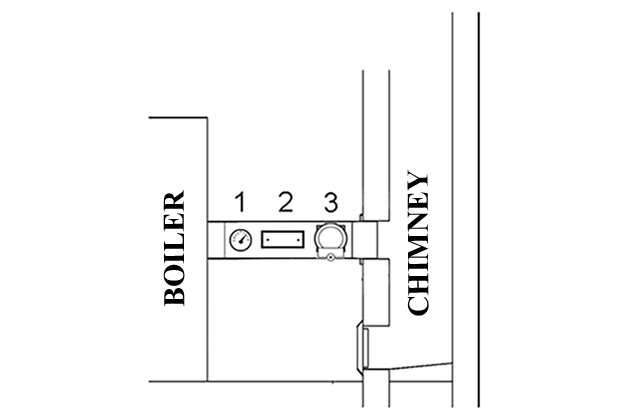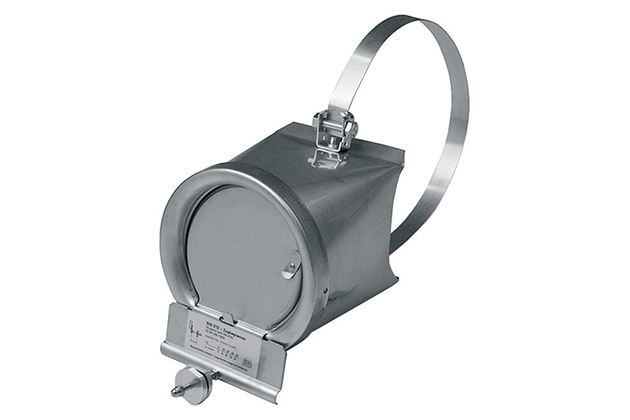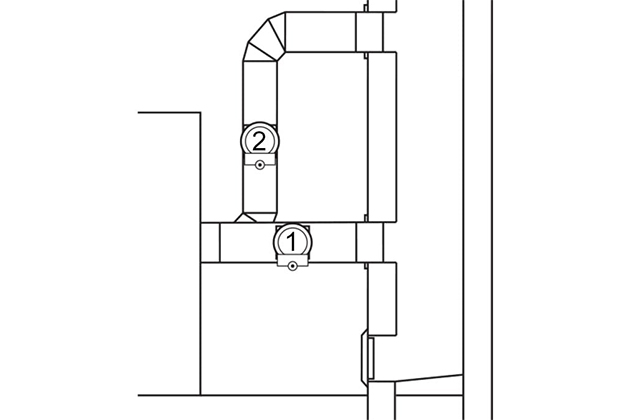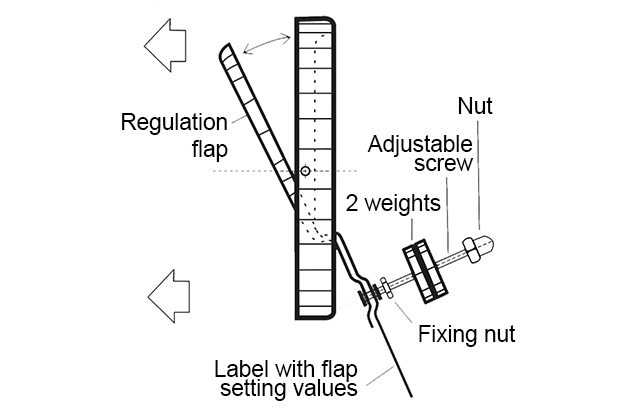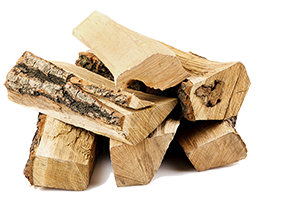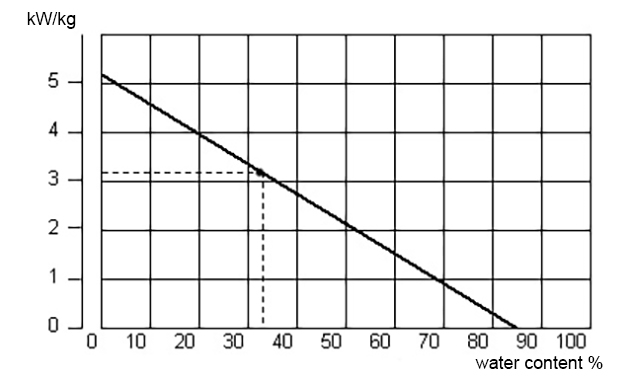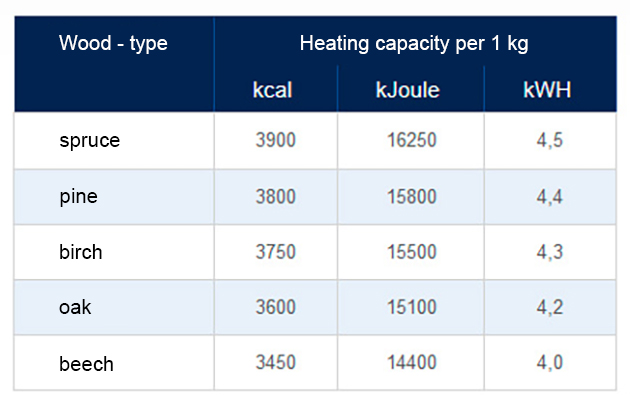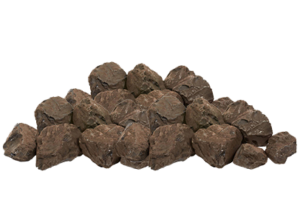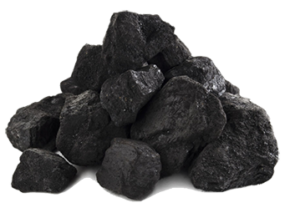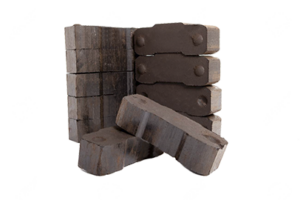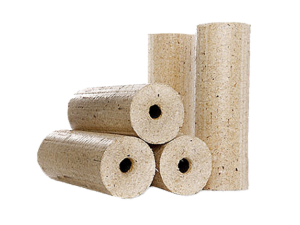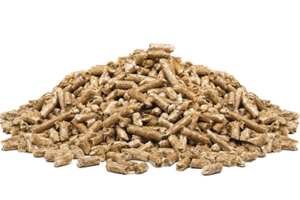Connection of ATMOS solid fuel boilers
For the correct functioning of any boiler, its connection is important, which affects fuel consumption, heating comfort and the service life of the boiler and chimney.
The requirements for the connection and the boiler room can therefore be summarized in a few basic points.
Basic conditions for proper function and long service life of ATMOS boilers
- The boiler must be installed only by a professional company trained by the manufacturer.
Therefore, we recommend choosing your heating engineer on our website in the Contacts section. - The boiler must be installed in a dry and well-ventilated area – the boiler room.
The supply of combustion air from the outside is the basis for good functioning of the boiler. - When connecting the boiler, it is always necessary to use a fitting in the boiler circuit that ensures that the temperature of the water returning to the boiler does not fall below 65 °C.
As the temperature of the return water to the boiler increases, the possibility of acid tar condensation decreases = longer boiler service life. We therefore recommend using Laddomat 22, TV 60/65/70/75 °C thermoregulation valve or controlled three-way valve with actuator, ACD 03/04 controller and pump.
The ideal solution is therefore the installation with the original connection of the ATMOS F1, F2, F3, F4, F12 or F21 and F22 boiler.
Original ATMOS connection = simple connection without errors during installation - In each boiler mode, the temperature of water leaving the boiler must be between 80 – 90 °C.
The high operating temperature of the boiler has no practical effect on fuel consumption or on the required temperature of the water that is led into the heating system (40 – 80 °C), but it will ensure a long service life of the boiler.
The pumps in the boiler circuit and in the circuit of the heated object are switched by the thermostats so that the pumps in the circuit of the heated object only run if the pump in the boiler circuit runs (connection without accumulation tank) or if we have accumulated energy in the tanks. - Connection with accumulation tanks
Boilers can be connected without or with accumulation tanks. However, it is generally true that the connection with the accumulation tank (min. volume 55 L per 1 kW of boiler output) is the best connection for boilers with manual fuel adding.
For pellet boilers, we recommend to install only a buffer tank with a volume of 500 to 1 000 L, depending on the boiler output. Accumulation tank = lower consumption of fuel, electricity and longer service life of the boiler. - The boiler must not be permanently used in setback state.
If the boiler is operated continuously at an output lower than 40 % of the nominal output or for domestic hot water heating in summer, it is necessary to heat it daily due to the service life of the boiler. Tars and acids can be formed, which damage the body of the boiler.
To protect your boiler and chimney, the flue gas temperature should not fall below 110 °C during normal operation. - The boiler must be protected against overheating in the event of a power failure.
By connecting the cooling loop of the boiler to the water supply system or by using a backup source of electricity, you protect the boiler and the heating system against overheating in the event of a sudden power failure. - Maximum working water overpressure in the boiler – 250 kPa (2.5 bar).
Never forget to install a safety valve and an expansion vessel behind the boiler, which protects the boiler and the heating system against damage.
The correct size of the expansion vessel will ensure a long service life of the boiler and all devices in the system (valves, radiators, combined boiler, accumulation tank, etc.).
The open expansion vessel should have a volume of min.10 % of the total system volume. The closed expansion vessel should have a volume of min.13 % of the total system volume.




